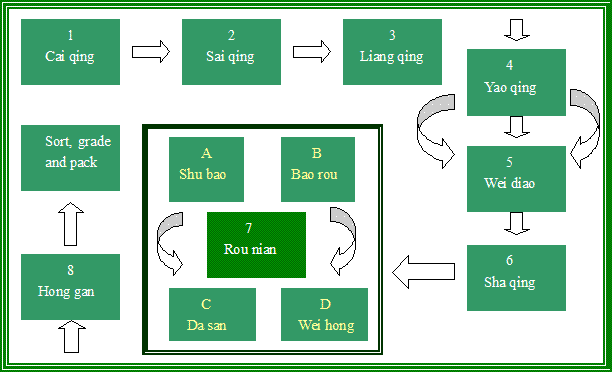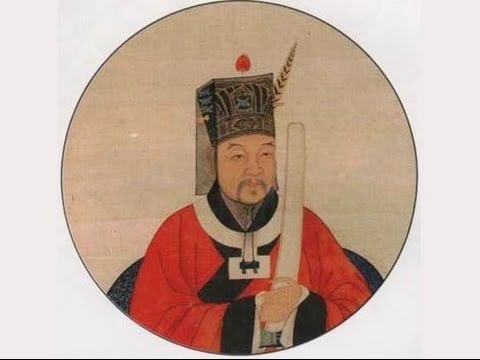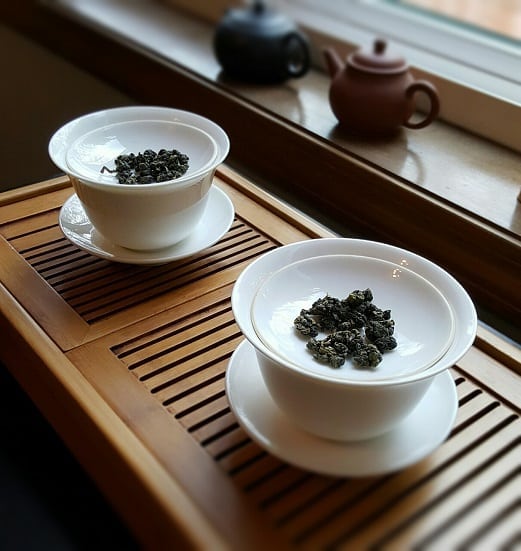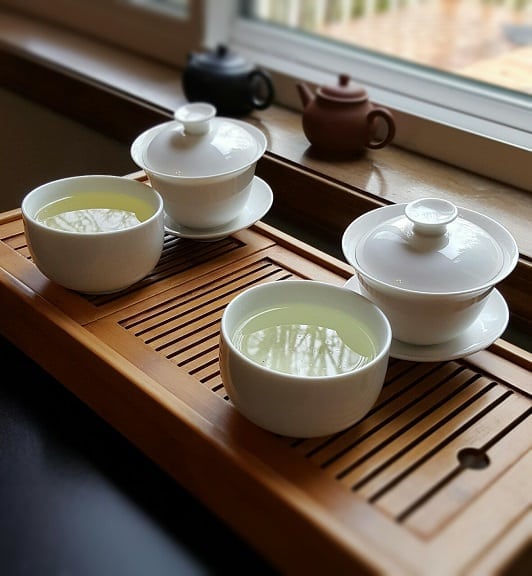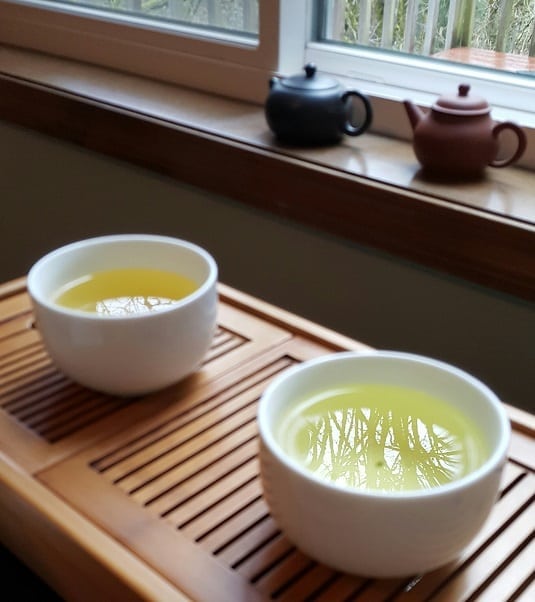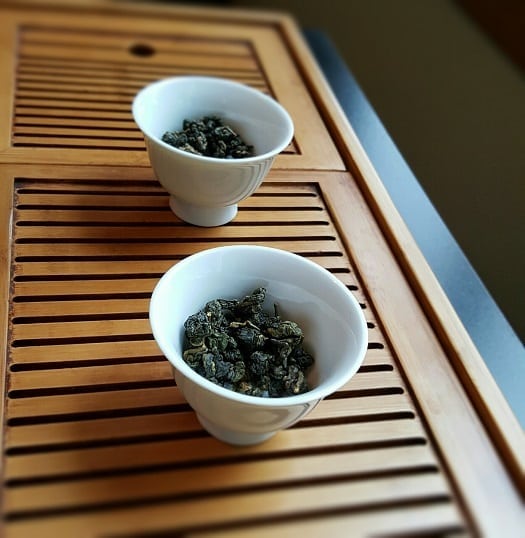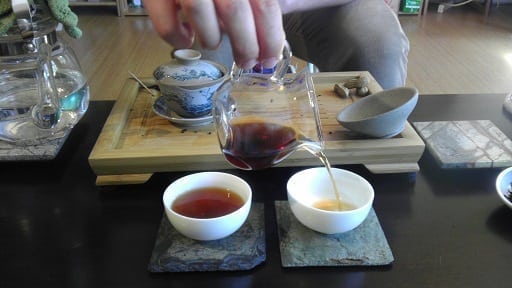White Tea Week, Day 3: “When You Wish Upon a Taiwanese White Tea
Back in the Fall, I saw a retweet from Greg “Norbu Tea” Glancy that just about put me into cardiac arrest.

Japanese. White Tea. Oh. My. G-word.
I saw mention of something like this existing on (of all places) Wikipedia a year prior. Not sure how such a mention got there. I think one of the Wiki article writers planted it there to screw with my mind. Yes, my mind – personally! The article has since been updated/edited, but at the time, I went on a research binge to find out more.
Queries turned up nothing…until Greg’s retweet. Unfortunately, the tweet from the company in question was dated for back in August. I checked the site, and the Japanese white tea was gone. It’d sold out in days after its mention.
In true tea-fanboy fashion, I repeatedly contacted the vendor, and gave my best beggar-eyes. No luck. They were fresh out. Not even test-samples. I made…uh…”ridiculous offers” to even smell a bag that had housed the white tea leaves.

Nothin’.
After a day or two of pouting, I returned to business as usual. Another round of Japanese white wouldn’t be available until May of the next year. I’d just have to live with it. But how?
Oh yeah.
I thought back to the entirety of the year, and to the teas I’d tried. Then I thought back to Greg and Norbu Tea. There was a type of white tea from another Asian isle that was hard to find – two actually! – and I’d sipped ’em both.
Tsou-Vayiyana Nano Alishan High Mountain White Tea
This white tea from Ali Shan (my favorite Taiwanese mountain), was from the Qing Xing cultivar. I tried it completely by happenstance at World Tea Expo at the Tsou-Vayiyana booth Norbu Greg was working at. The taste blew my mind. Alas, I didn’t have more time to concentrate on it, seeing as I was already well beyond tea drunk at the time. However, I did give it a proper treatment at home a few months later.
The dry leaves looked like…well…dry leaves.

Not much else to say there. The smell, though, was pure wilderness with a slight tickle of lemon on the back-whiff. This may sound sacrilegious, but it reminded me of an American-grown white tea I tried. Same lemon-leafy fragrance finish.
I used roughly 3 grams of leaves, placed ‘em in a 6oz. gaiwan, and used 175F water for the brewing. Then I waited for about three minutes. And…prayed I didn’t screw it up. I didn’t have a lot of this stuff to go around.

The liquor came out practically clear with a smidge of yellow. At first, I thought I’d brewed it wrong. Was the temperature wrong? Should I have gone higher? Was the infusion time too short? But then I smelled it. Lemons and flowers wafted from the cup. Score! On taste, it was exactly how I thought it would, based on the aroma. Lemons, citrus, flowers, and…autumn dominated the cup.
I tried a second infusion at five minutes, but that appeared to be too long – given its more leafy kick. That said, when done right, it hit all the right white tea marks. And then some.
There was something missing, though. Oh yes, I needed to compare it another white tea from the same country, but a different region/cultivar because…well…it’s me. I gave Greg my best beggar eyes, and got this.

For some reason, the bag made me feel alarmingly inadequate.
Norbu Tea Zhao Lu Bai Cha
This hefty bag o’ leaves stemmed from Nantou county, Taiwan, and were from the Jin Xuan cultivar. The tea plant type was usually used for oolongs and occasionally black teas – rarely white teas. It was also – blessed be – a white tea that Norbu Tea personally carried. I remember missing the last batch by a matter of days.
The leaves for this white tea looked like…well…leaves again. Forest green, plucked whole and dried leaves. No other nuance to the appearance besides that.

As for aroma, there was more to talk about there. I whiffed straight olive leaf, mint and sage. Very little processing, but a whole lot of natural awesomeness to potentially bestow. I was starting to see a pattern to these Taiwanese whites.
A small confession: Before this official trial run, I actually dipped into it several times. I mean, wouldn’t you if you had that much white tea to play with? I did it delicately, I boiled the heck out of it, I treated it like a green tea, I took it for long walks on the beach, we woke up in Vegas…then everything got blurry. Point being, this tea held up to some pretty unusual punishment on my part. But it was time to give it a more clinical whirl.

The brewing instructions were thankfully lax. Norbu Tea recommended “grandpa style” – leaves put at the bottom of a cup, 160F water, and a ten-to-twelve-minute steep. I went with a 6oz. steeper cup instead, opting for something more – shall we say – proper. It’s nice to know there’s a white tea out there you can totally forget about while you’re taking a shower.
The liquor brewed pale yellow – as expected for any tea worth its weight in “white”. A fragrance of lemony herbs emanated from the cup with a subtle sweetness on the end. As for taste, I don’t know where to start. On the one hand, it was as herbaceous as a White Peony, on the other it was melons and muscatel – like a Darjeeling white. Somewhere in the middle, tropical fruit notes happened. Not sure how, but they were there.
As luck would have it, I received the perfect chalice in which to grandpa-style the heck out of this white tea. And it was in the shape of Chewbacca. The results were unsophisticated, tea-geeking bliss.

Later that week, I finally went about trying the Ali Shan white and Zao Lu Bai Cha back-to-back. The results were…conflicting. No, not bad. Just…oh hell, it was like judging a mud-wrestling competition – no matter who lost, everybody wins.
The Ali Shan white had a darker liquor and a more robust flavor. Sweetness began on the initial sip before dissolving at the top note, to be replaced by a caramelized almond sensation – wrapped in lemons. The Zhao Lu Bai Cha went down a more subtle and floral road. It retained its sweetness throughout, sure, but remained – how should I put it? – fluttery. Which one was a favorite?
Hard to say.

If you ‘re no stranger to this blog, you know what I did next. I mixed them and blended both of the leaves for a second brew. Just for s**ts and giggles. Fusing both liquors turned up a magical cup of melon-on-lemon action. Brewing the blend by the pint just turned up straight lemons! As opposed to…uh…bi-curious lemons? Where was I going with this?
Oh yeah, I love both of these teas. I love them both together. Taiwanese white tea should be more of a thing than it currently is. Formosa oolongs are great for every other time, but Formosa whites keep me from taking a nap in the late afternoon. And taste damn good, to boot.
With goodness like this, I can cope with waiting another year for a Japanese white tea. For someone so full of lament, I have it pretty good. Yes, I’m bragging – Taiwan pint held high – in ode to granted wishes.

